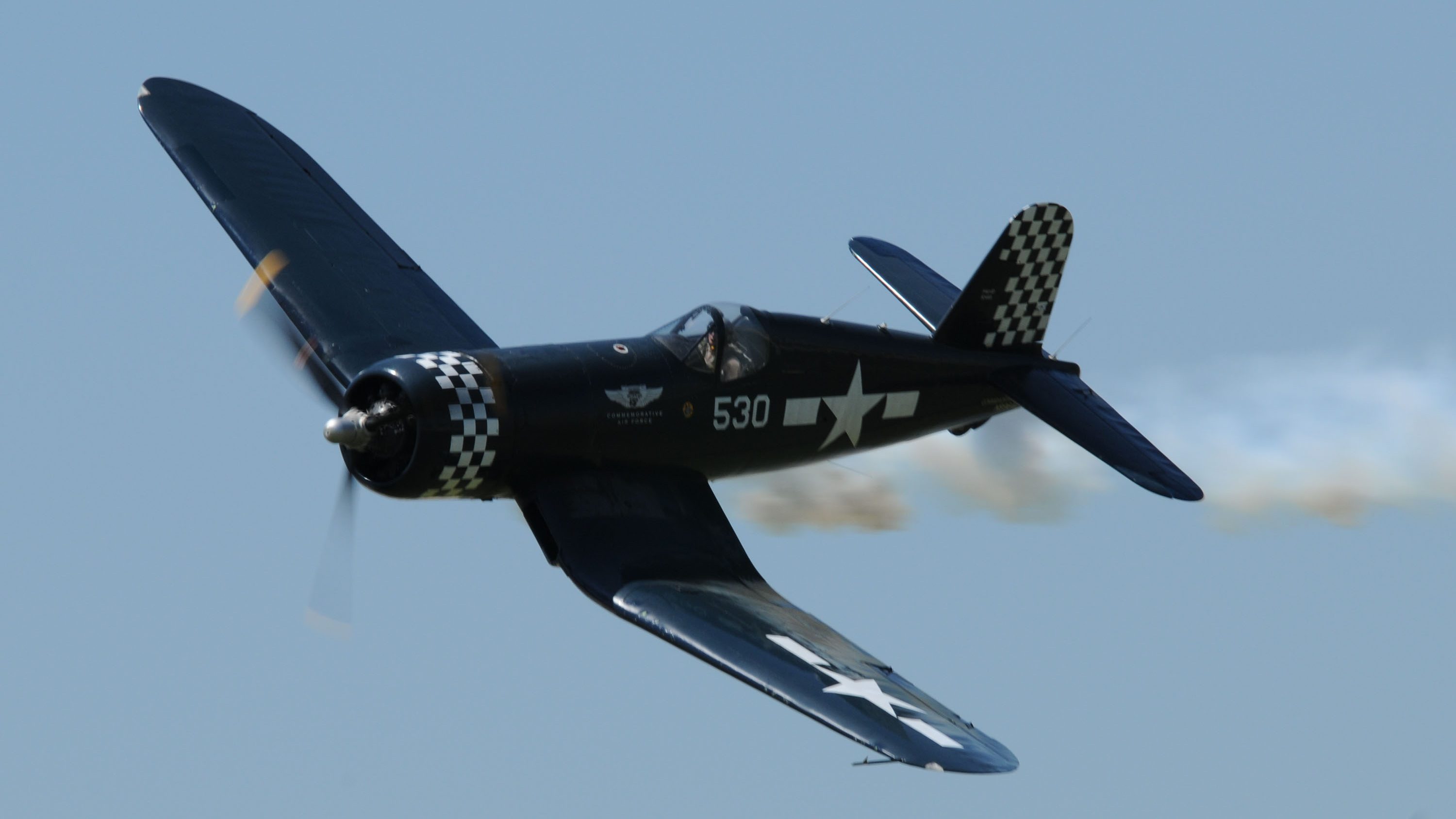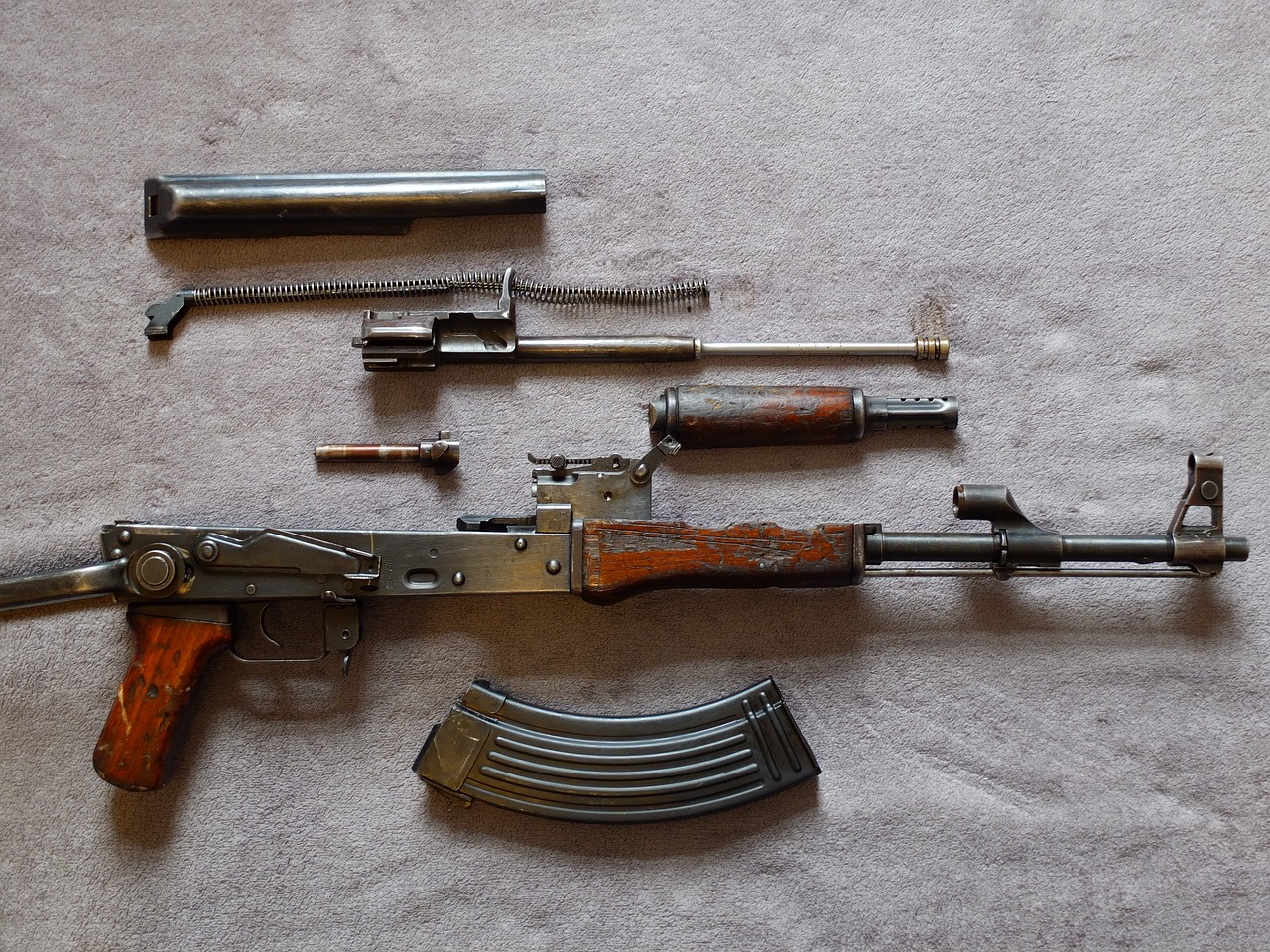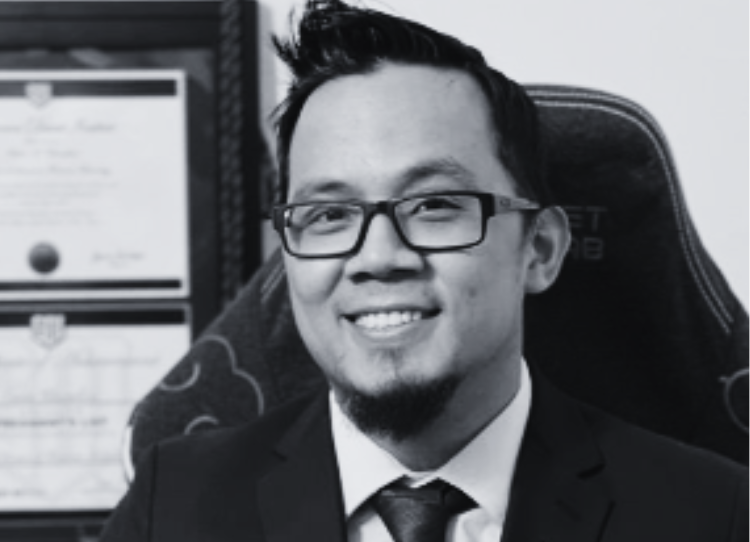
The Congressional Medal of Honor is the highest, most prestigious decoration awarded to those servicemen and women for gallantry and bravery in combat above and beyond the call of duty. Fewer than 4,000 individuals of the millions who have served between its inception in 1863 and today have received it, and a great many of them received it posthumously.
This is one of their many stories. All information provided in this article is provided by Medal of Honor: Portraits of Valor Beyond the Call of Duty by Peter Collier.
Thomas Hudner, born in 1924, had no real plans on flying a plane when he graduated the United States Naval Academy in 1946. Not too long after he had entered the service, however, he had both served aboard ship and at Pearl Harbor and wanted a greater challenge. He volunteered for flight school.
He became a F4U Corsair Pilot.
By late 1950, the young flier was serving over the skies of Korea in the first of the “hot” wars sparked by the Cold War.
On December 4, Lieutenant Hudner was flying his plane with five others on an armed reconnaissance mission over North Korea. Hudner was wingman to one Jesse Brown, who happened to be the Navy’s first black pilot.
While Brown was strafing enemy positions, he was shot down by anti-aircraft fire. He was unable to bail out or escape the area thanks to his current altitude and the height of surrounding mountains. Hudner helped Brown attempt a crash landing, and miraculously, Brown survived that landing.
Brown had managed to crash-land his plane, wheels down, in a nearby clearing. However, as one might expect, it hadn’t gone perfectly, and the fuselage was badly damaged, pinning Brown in the cockpit in the frigid North Korean clearing.
Hudner couldn’t stand for that.
Figuring one miraculous landing wasn’t good enough, and knowing rescue helicopters were a significant distance away, Hudner landed his own plane in a hilly area. He left his plane and braved the snow-blanketed landscape to reach Brown.
The news wasn’t good. Brown’s leg was clearly crushed, and Hudner wasn’t able to extract him by himself.
Hudner did the next-best thing — all that he could. Unwilling to consign his comrade to oblivion alone, Hudner continually packed the smoking engine with snow and talking to the struggling Brown as he lapsed in and out of consciousness all the way until a rescue helicopter arrived. Even then, the unflappable Hudner worked with rescue for forty-five minutes desperately trying to extract Brown.
Brown passed in that clearing.
Hudner and the helicopter pilot were forced to return to base camp, and later on the captain of the Leyte, the carrier Brown and Hudner were assigned, ordered the downed plane napalmed so that the body could not be extracted by the enemy, and so that Brown could have a warrior’s funeral.
For Hudner’s acts above and beyond the call of duty, Hudner received the Congressional Medal of Honor from President Harry Truman on April 13, 1951. Jesse Brown posthumously received the Distinguished Flying Cross.
Remember their names today.
What do you think about this story? Please share this on Facebook and Twitter and let us know!



